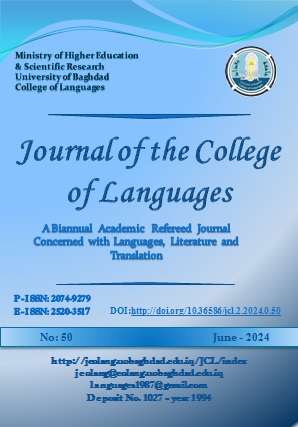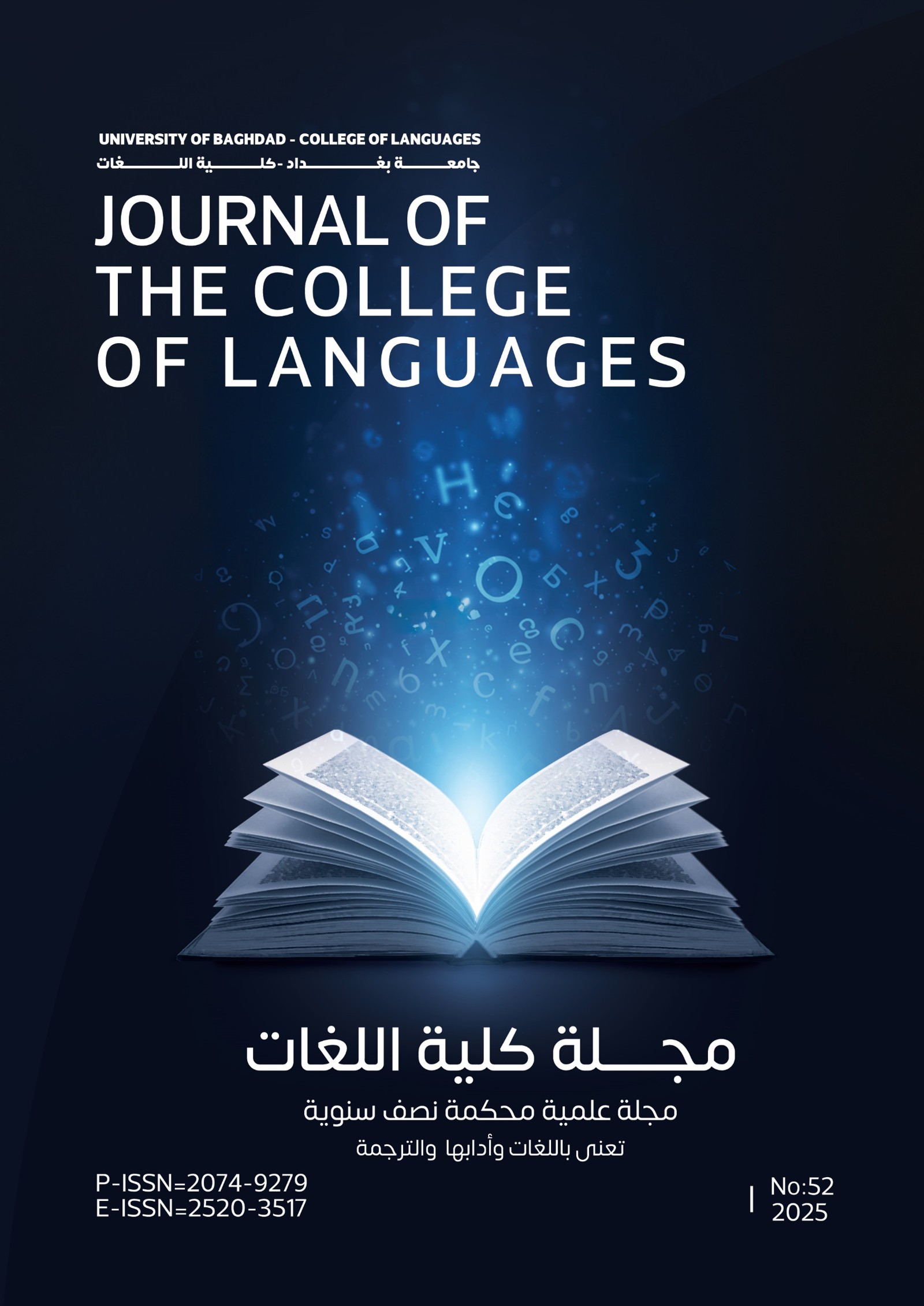Ideological and Linguistic Features Analyses of US Presidential Written Discourse addressing Immigration and Terrorism Issues
DOI:
https://doi.org/10.36586/jcl.2.2024.0.50.0085Keywords:
Keywords: Ideology; linguistic features, political discourse, Fairclough model, US president, Terrorism.Abstract
The aims of this study seeks to examine the underlying linguistics features and ideological concept found in the political speech of American EX President, with a specific emphasis on tweets related to Islamophobia and immigration. The study employs a descriptive and interpretive research design. The corpus of the study consisted of 50 purposely selected Tweets, spanning from 2nd January 2015 to 20th May 2020. Data analysis were conducted using Fairclough's ten-question model (1993). It is found that Trump strategically employed his presidential authority to target Islam and immigration, portraying them as the root cause of terrorism and economic challenges. Trump employed favourable terms while referring to Americans and his supporters, while associating Islam and immigrants with unfavourable descriptors. The findings of this study revealed that Trump employed hyperbole to magnify the perceived threat posed by Islam and immigrants. Trump predominantly employed modal verbs expressing certainty rather than those indicating likelihood in order to demonstrate authority. The future and simple present tenses were commonly used to depict the current threat posed by immigration and the terrorism perpetrated by Islamic groups. The comparative and superlative forms were employed to compare the current state of brightness in the US with its past. The pronouns "we, our, us" were used most frequently to convey a sense of oneness and reduce the perceived barrier between Trump and the audience. Declarative sentences were the most expressive and meaningful acts.References
Creswell, J. W. & Creswell, J. D. 2017. Research design: Qualitative, quantitative, and mixed methods approach. Sage publications.
Crosby, F. & Nyquist, L. 1977. The female register: An empirical study of Lakoff’s hypotheses. Language in society 6(3): 313–322.
Fairclough, N. (1995). Media discourse (pp. 9-14). London: Edward Arnold.
Fairclough, N. (2001). Language and power. Pearson Education.
Fairclough, N. 1992. Discourse and social change, hlm. Vol. 10. Polity press Cambridge.
Fairclough, N. 2001. Language and Power. England: Pearson Education Limited.
Fairclough, N., & ROGERS, R. (2010). Introduction to Critical Discourse Analysis. Förord till andra.
Fairclough, Norman (1989) Language and Power. London Longman
Gantt Shafer, J. (2017). Donald Trump’s “political incorrectness”: Neoliberalism as frontstage racism on social media. Social Media+ Society, 3(3), 2056305117733226.
Halliday, M. A. K. and Ruqaiya Hassan. 1976. Cohesion in English. London: Longman.
Hussein, I. (2016). Critical discourse analysis of the political speech of the Egyptian president, Abdel Fattah El-Sisi, at the New Suez Canal inauguration ceremony. International journal of language and literature, 4(1), 85-106.
Jones, R. H. (2012). Discourse analysis. Abingdon/New York.
Mohammadi, M., & Javadi, J. (2017). A critical discourse analysis of Donald Trump’s language use in US presidential campaign, 2016. International journal of applied linguistics and English literature, 6(5), 1-10.
Munawar, B. (2018). Discourse in Matrix of Power: The Textual Analysis of First Presidential Speech by Donald. J. Trump at White House in the Context of Norman Fairclough’s Modal of Three Levels of Discourse. International Journal of Applied Linguistics and English Literature, 7(7), 80-89.
Pollack, J. D. 2017. Donald Trump and the Future of US Leadership: Some Observations on International Order, East Asia, and the Korean Peninsula. 5th Korea Research Institution Joint Conference.
Tambunan, R. W., Muchtar, M., Agustian, P., Salim, A., Aisyah, L., Marpaung, B. A., & Nasution, M. M. (2018). Critical Discourse: Applying Norman Fairclough Theory In Recep Tayyip Erdoğan’s Balcony Speech. Proceedings of ISELT FBS Universitas Negeri Padang, 6, 174-183.
Van Dijk, T. A. (2003). The discourse-knowledge interface. In Critical discourse analysis (pp. 85-109). Palgrave Macmillan, London.
Van Dijk, T. A. 2002. Political discourse and political cognition. Politics as text and talk: Analytic approaches to political discourse 203: 203–237.
Downloads
Published
Issue
Section
License
Copyright (c) 2024 Journal of the College of Languages (JCL)

This work is licensed under a Creative Commons Attribution 4.0 International License.








